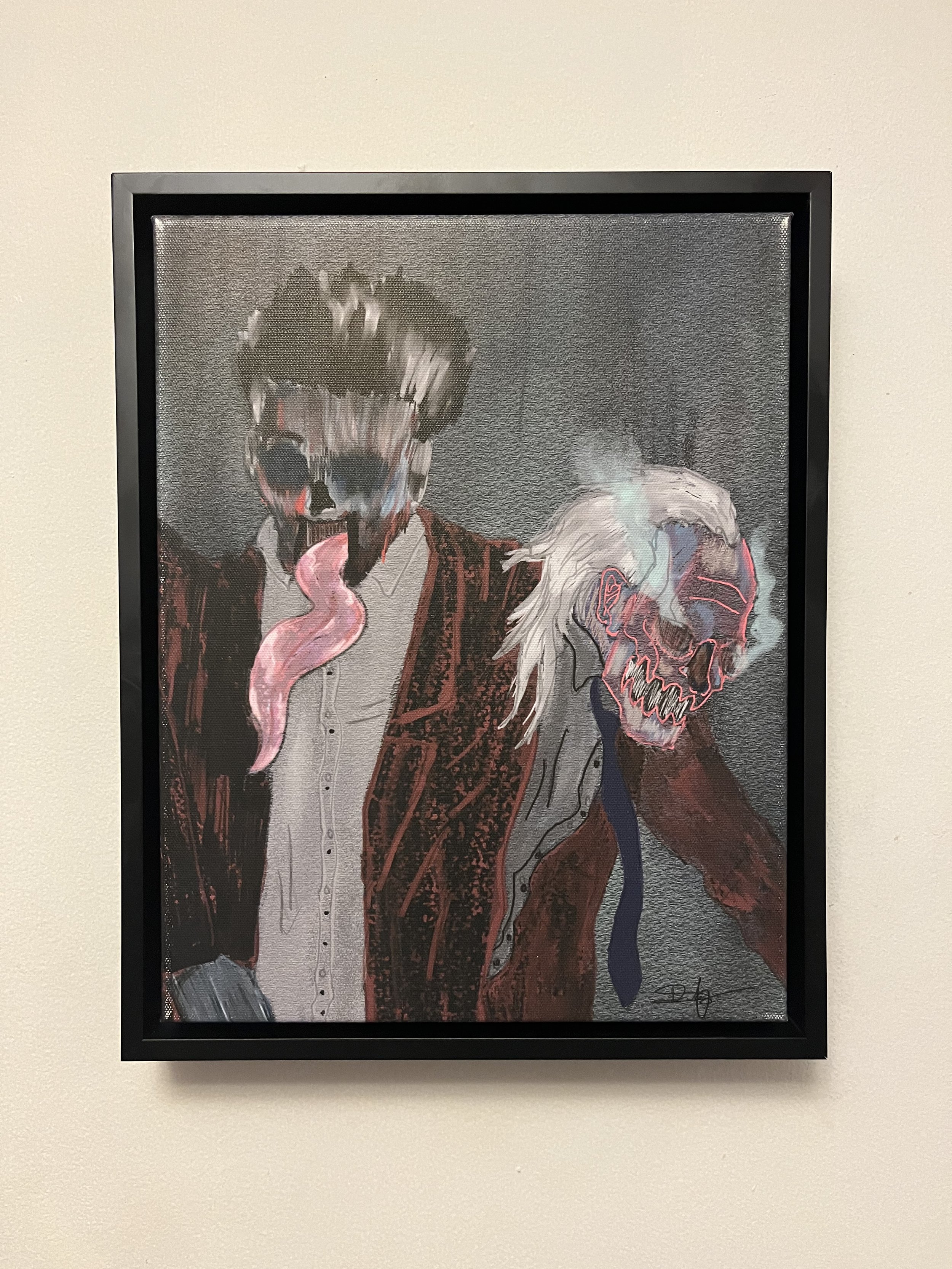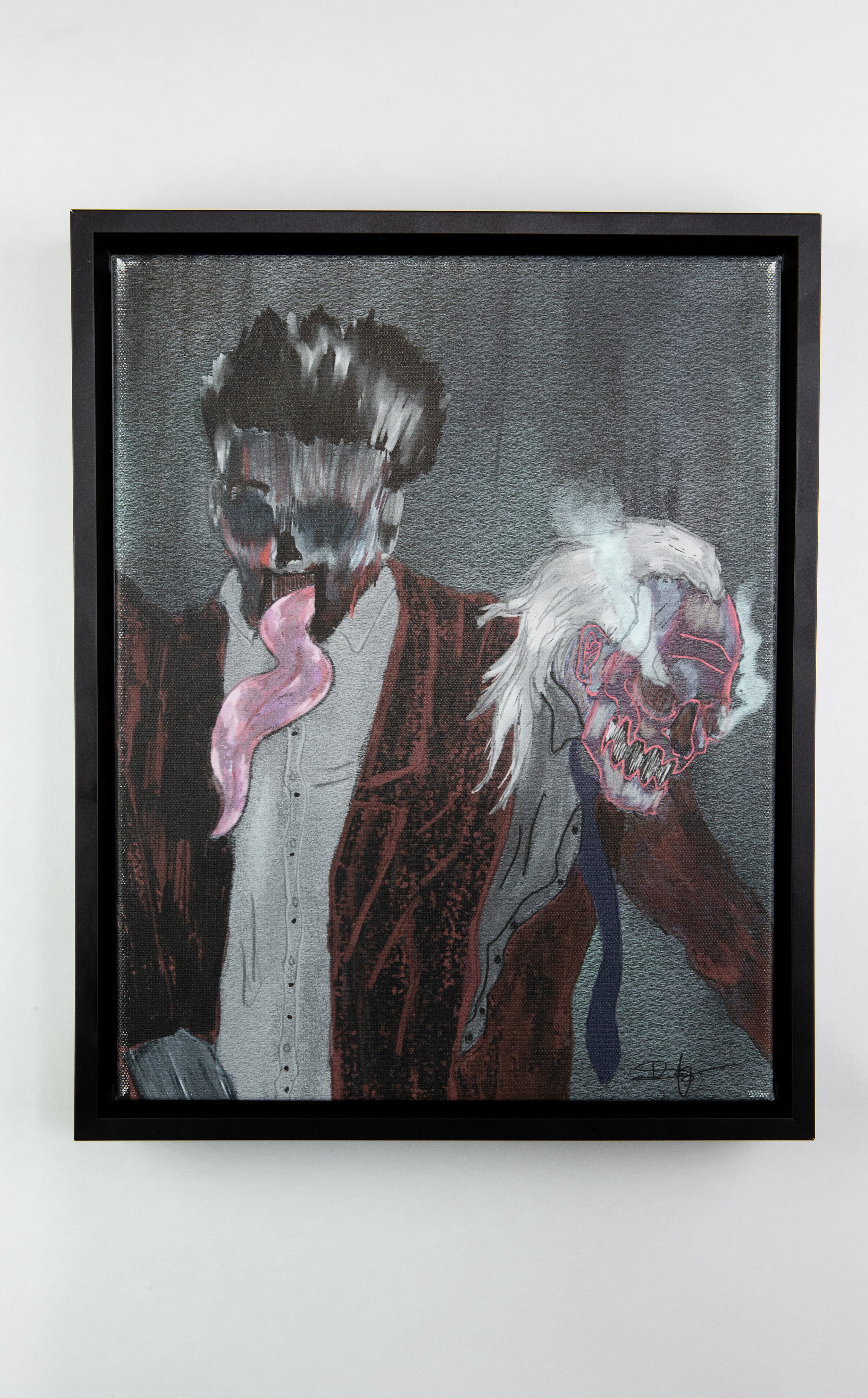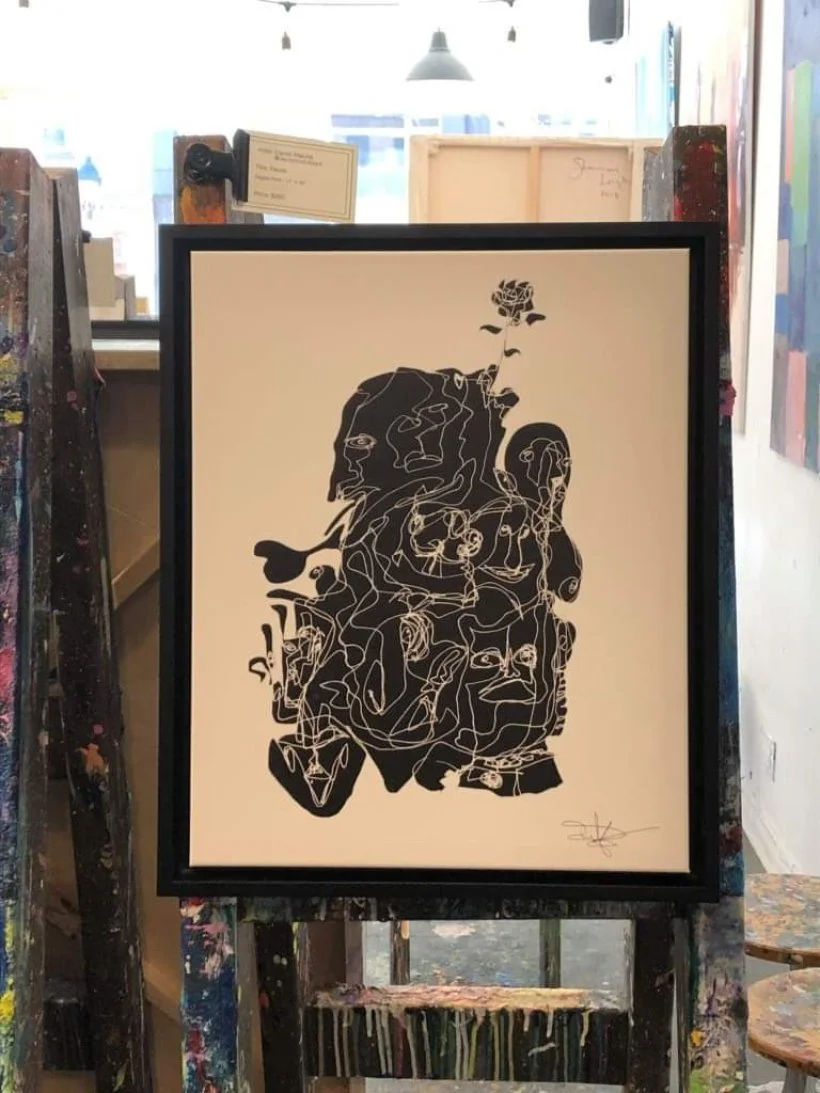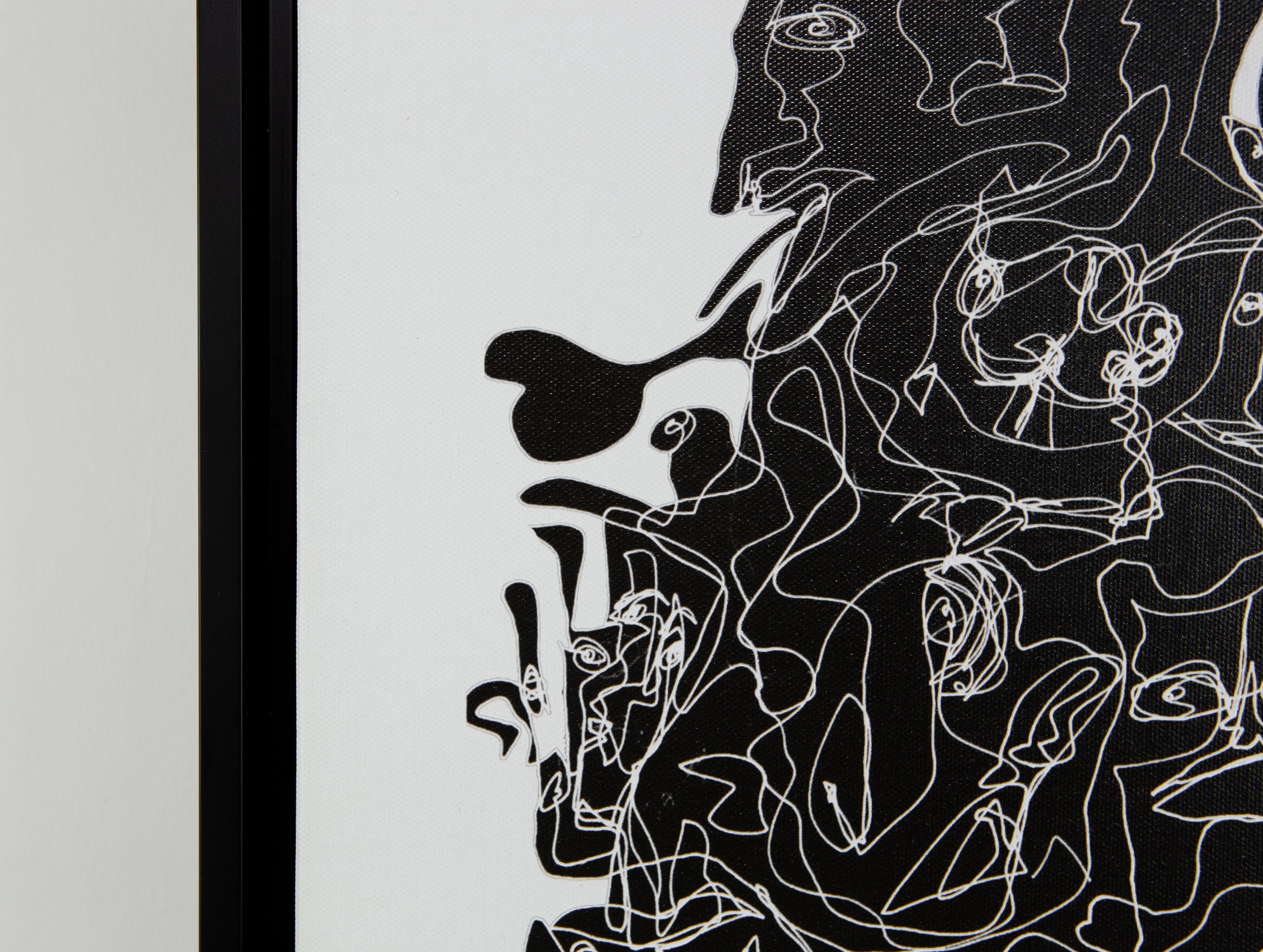
John Ware - Canvas Print
Legends abound about trailblazing Black cowboy John Ware, including that he could stop a steer head-on and wrestle it to the ground, walk the backs of a herd of cattle and easily lift small cows.
Ware didn't talk much about his past but it's believed he was born on a cotton plantation in South Carolina, the second-youngest of 11 children. Growing up, the life of a slave was all he knew.
But his world changed in 1865, when slavery was abolished in the United States. At age 20, he found himself a free man. Ware arrived in the district of Alberta in 1882 on a trail crew driving thousands of cattle to the site that became known as the Bar U Ranch.
He was one of the first Black people to step foot in the area. Before him came a whisky trader by the name of William Bond as well as a person who was a servant of a police commissioner, whose name is now unknown.
Ware quickly got a reputation for being fearless because of the way he could control herds and horses. This was the beginning of the legend of John Ware. He was a highly skilled farmer and was instrumental in new agriculture techniques like irrigation and ranching. Ware would go on to have several other places named for him, including Mount Ware, Ware Creek, John Ware Junior High in Calgary and the John Ware Building at the Southern Alberta Institute of Technology in Calgary.
The designation as a person of national historic significance wasn't the first time Ware's accomplishments have been marked. In 2012, Canada Post issued a commemorative stamp featuring Ware to recognize his legacy, not only as one of the first Black cowboys in Canada but as someone who blazed a trail as a horseman and a rancher.
Legends abound about trailblazing Black cowboy John Ware, including that he could stop a steer head-on and wrestle it to the ground, walk the backs of a herd of cattle and easily lift small cows.
Ware didn't talk much about his past but it's believed he was born on a cotton plantation in South Carolina, the second-youngest of 11 children. Growing up, the life of a slave was all he knew.
But his world changed in 1865, when slavery was abolished in the United States. At age 20, he found himself a free man. Ware arrived in the district of Alberta in 1882 on a trail crew driving thousands of cattle to the site that became known as the Bar U Ranch.
He was one of the first Black people to step foot in the area. Before him came a whisky trader by the name of William Bond as well as a person who was a servant of a police commissioner, whose name is now unknown.
Ware quickly got a reputation for being fearless because of the way he could control herds and horses. This was the beginning of the legend of John Ware. He was a highly skilled farmer and was instrumental in new agriculture techniques like irrigation and ranching. Ware would go on to have several other places named for him, including Mount Ware, Ware Creek, John Ware Junior High in Calgary and the John Ware Building at the Southern Alberta Institute of Technology in Calgary.
The designation as a person of national historic significance wasn't the first time Ware's accomplishments have been marked. In 2012, Canada Post issued a commemorative stamp featuring Ware to recognize his legacy, not only as one of the first Black cowboys in Canada but as someone who blazed a trail as a horseman and a rancher.
Print on Canvas 15″ x 12″
Wired framed and ready to hang















